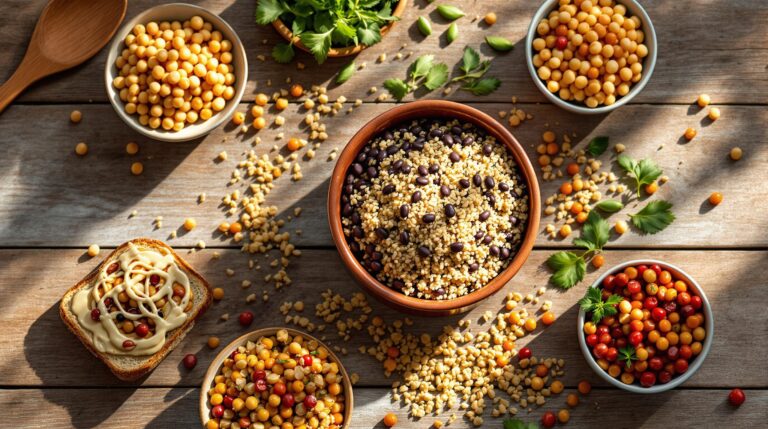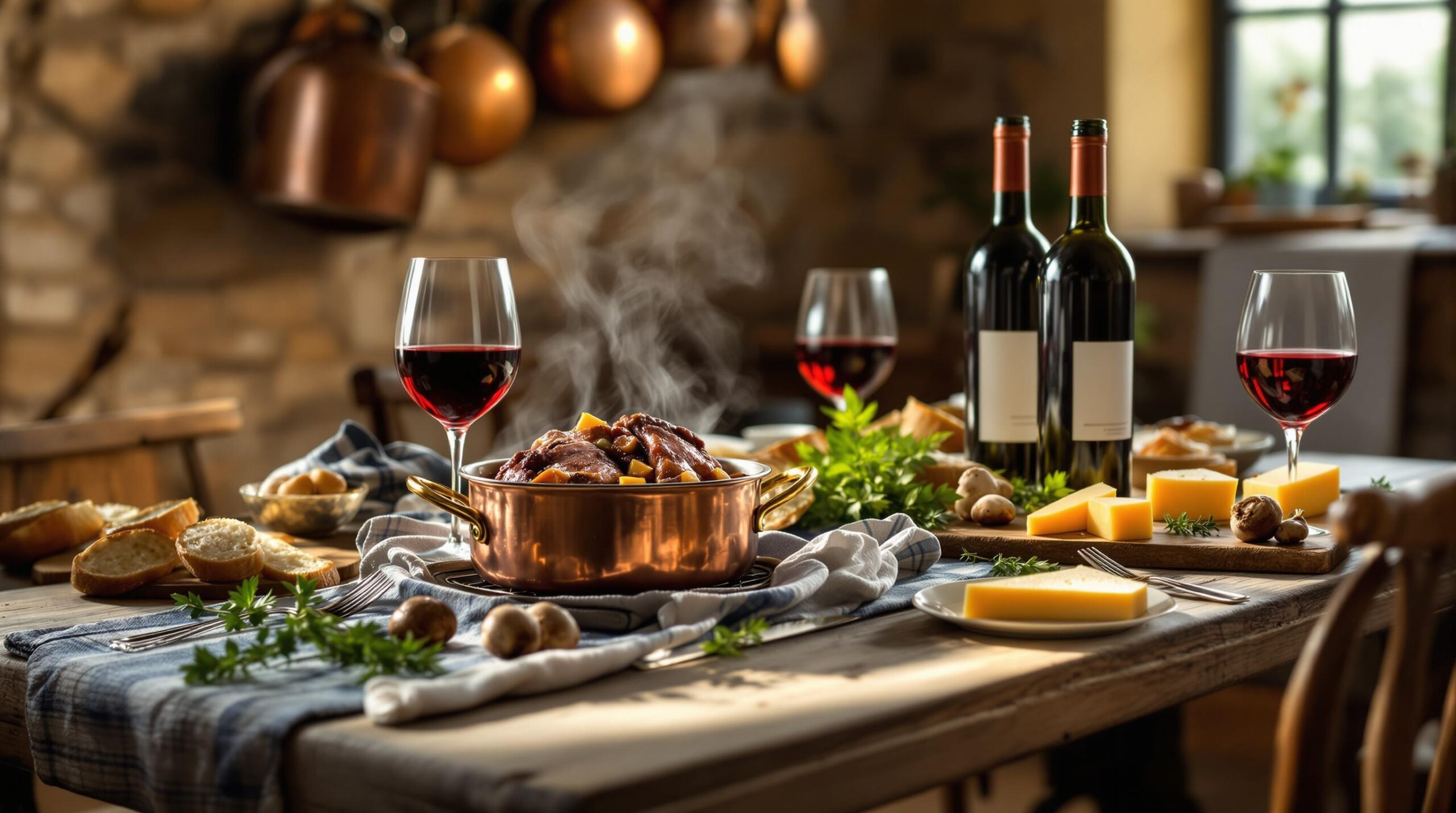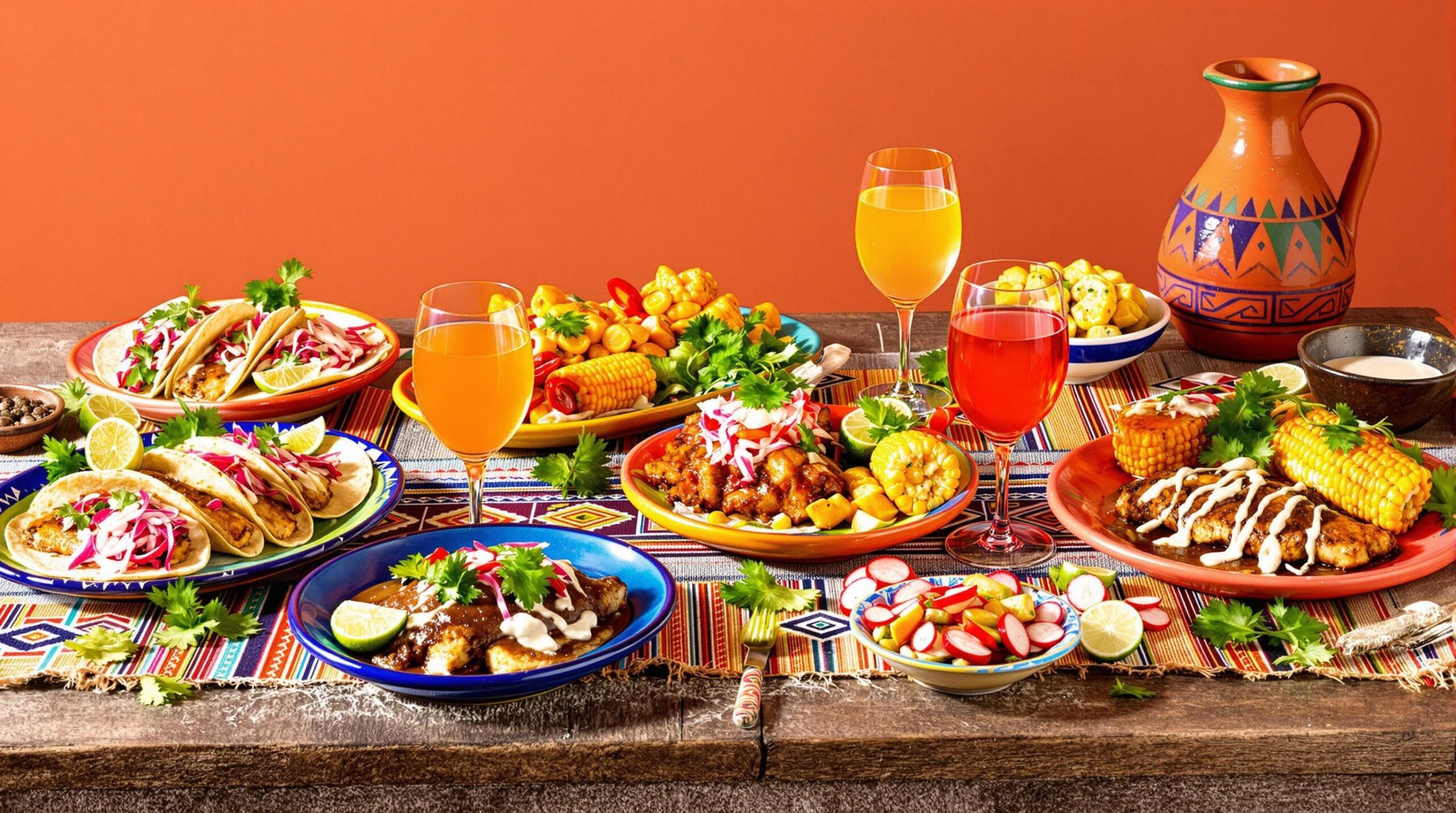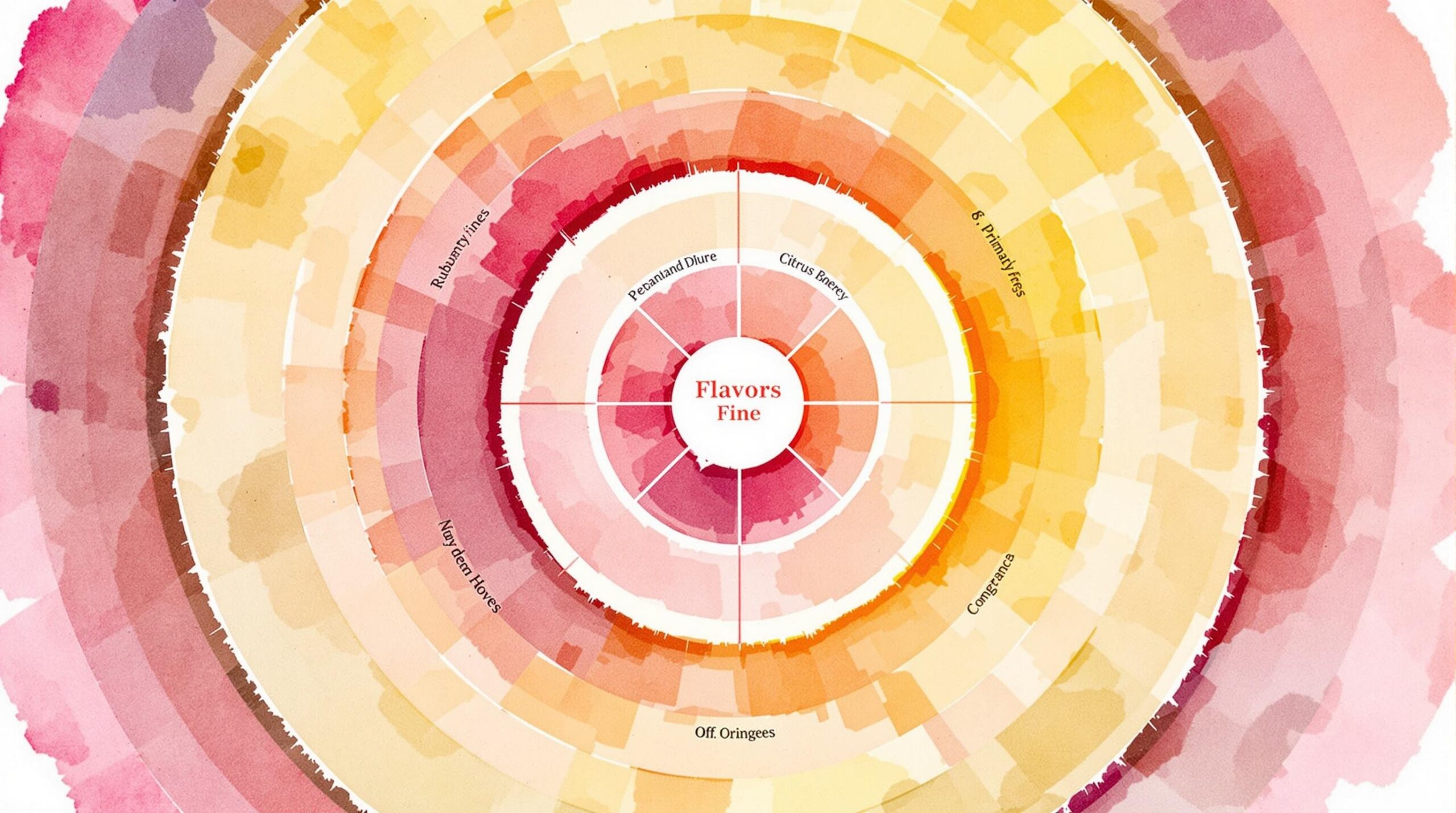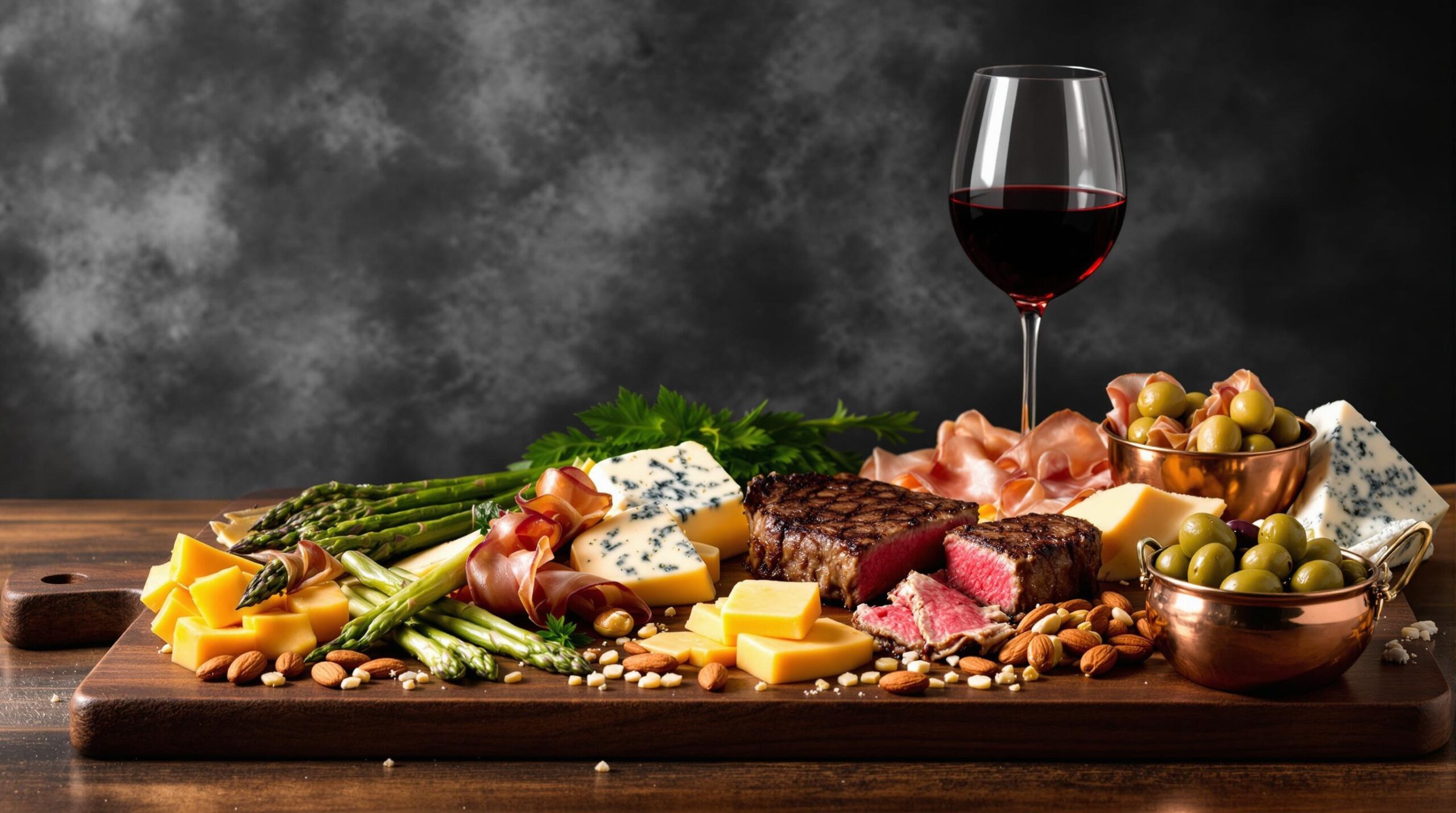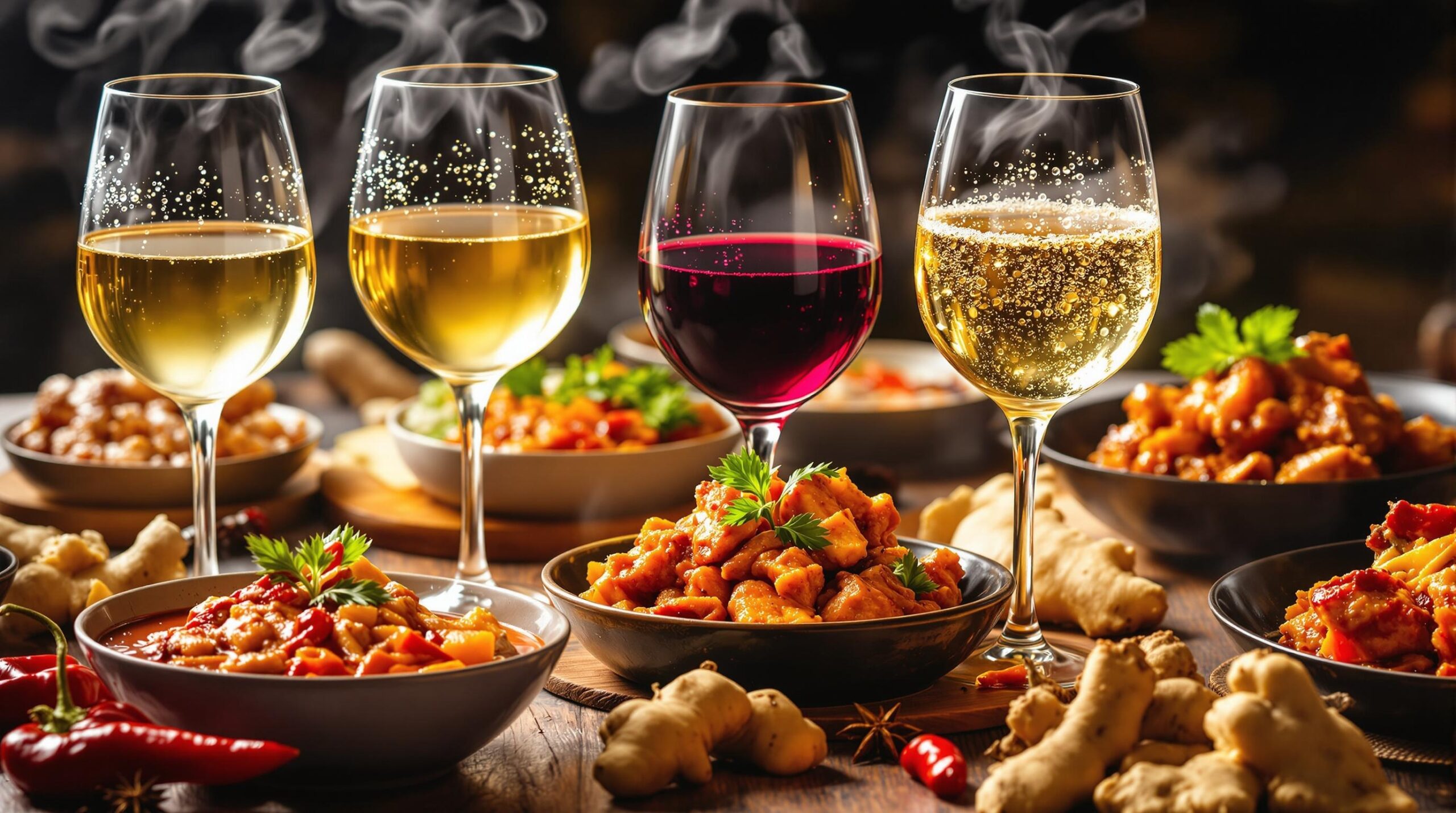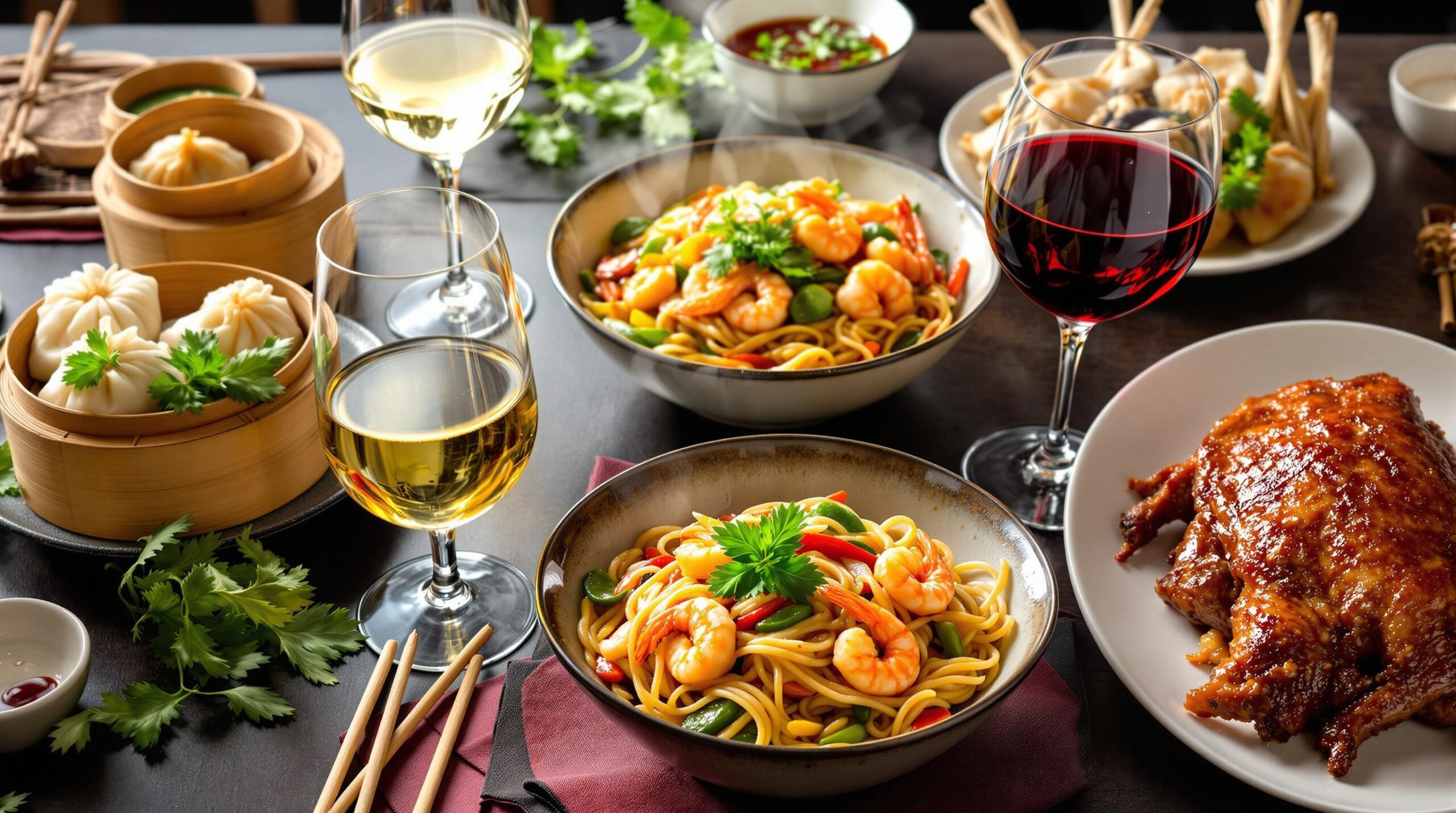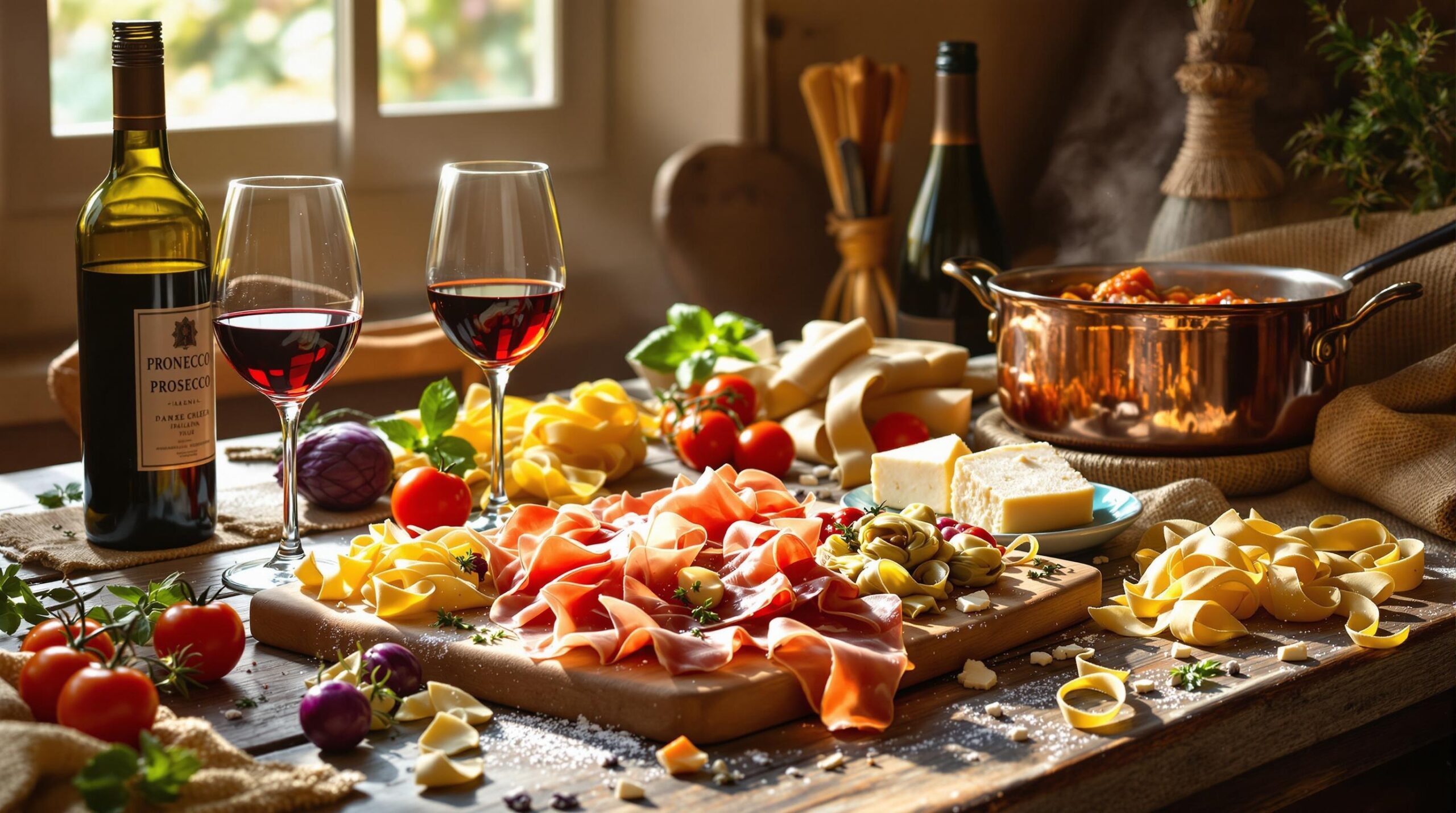Mastering protein combinations transforms basic meals into nutritionally complete dishes. Smart protein pairings maximize flavor while delivering essential amino acids for a balanced diet.
Understanding Complete vs Incomplete Proteins
Complete proteins contain all nine essential amino acids our bodies need. Animal proteins like meat, fish, eggs, and dairy naturally provide complete proteins.
Incomplete proteins lack one or more essential amino acids. Most plant-based proteins fall into this category, making thoughtful combinations important for vegetarians and vegans.
Common Complete Protein Sources
- Meat (beef, pork, poultry)
- Fish and seafood
- Eggs
- Dairy products
- Quinoa
- Soy products
Classic Protein Combinations That Work
These time-tested pairings create complete protein profiles while offering complementary flavors.
| Protein 1 | Protein 2 | Dish Example |
|---|---|---|
| Rice | Beans | Cuban black beans and rice |
| Whole grain bread | Nut butter | Almond butter sandwich |
| Hummus | Pita | Mediterranean mezze |
Building Balanced Plant-Based Meals
Timing matters when combining plant proteins. Consume complementary proteins within the same day, not necessarily the same meal.
Smart Plant-Based Combinations
- Lentils + brown rice
- Chickpeas + sesame seeds
- Nuts + whole grains
- Beans + corn tortillas
Mix-and-match guide: Combine legumes with grains, nuts, or seeds to create complete protein profiles in vegetarian meals.
Quick Tips for Plant-Based Protein Pairing
Bean-based proteins shine when paired thoughtfully. Try black beans with quinoa, or lentils with brown rice. Each combination offers unique textures and flavors while delivering essential amino acids.
- Ratio guide: 2 parts grain to 1 part legume
- Cooking tip: Cook grains and legumes separately for best texture
- Time-saving hack: Batch cook components for quick assembly
Enhancing Protein Absorption
Certain cooking methods and food combinations boost protein absorption. Adding vitamin C-rich foods or fermenting ingredients increases bioavailability.
| Enhancer | Food Example | Benefit |
|---|---|---|
| Vitamin C | Bell peppers | Improves iron absorption |
| Fermentation | Tempeh | Increases digestibility |
| Sprouting | Sprouted lentils | Enhances nutrient availability |
Meal Planning for Optimal Protein
Structure daily meals around protein combinations that work for your lifestyle. Plan weekly menus featuring varied protein sources.
Sample Daily Framework:
- Breakfast: Oatmeal + nuts
- Lunch: Quinoa bowl + chickpeas
- Dinner: Brown rice + black beans
- Snacks: Hummus + whole grain crackers
Making Protein Pairings Part of Your Kitchen Routine
Stock your pantry with versatile protein options. Keep dried beans, whole grains, and nuts on hand for quick combinations.
Kitchen Essentials:
- Dried goods: Lentils, quinoa, brown rice
- Canned items: Various beans, chickpeas
- Nuts and seeds: Almonds, pumpkin seeds
- Whole grains: Bulgur, farro, barley
Storage tip: Label containers with combination suggestions for quick reference during meal prep.
Frequently Asked Questions About Protein Pairings
1. What makes a good protein pairing?
A good protein pairing combines complementary amino acids to create complete proteins. This is especially important for vegetarians and vegans who rely on plant-based proteins.
2. What are some classic protein combinations?
- Rice + beans (creates all essential amino acids)
- Hummus + pita bread
- Peanut butter + whole grain bread
- Quinoa + lentils
3. How can I make sure I’m getting enough protein from plant sources?
Combine two or more of these sources throughout the day: legumes, whole grains, nuts, and seeds. Your body stores amino acids, so proteins don’t need to be eaten at the same meal.
4. What are the best protein pairings for athletes?
Fast-absorbing proteins like whey combined with slow-releasing proteins like casein provide sustained energy. Try Greek yogurt with nuts or a protein shake with nut butter.
5. Which wine goes best with protein-rich meals?
| Protein | Wine Pairing |
|---|---|
| Lean meats | Pinot Noir |
| Fish | Sauvignon Blanc |
| Legumes | Light-bodied reds |
6. How can I make protein pairings more interesting?
Add herbs and spices to enhance flavors. Try cumin with beans, fresh basil with quinoa, or curry powder with lentils.
7. What are quick protein-pairing meals for busy days?
- Overnight oats with nuts and seeds
- Whole grain wrap with hummus
- Rice bowl with edamame
- Quinoa salad with chickpeas
8. Are there any protein pairings to avoid?
Avoid combining too many high-fat proteins in one meal. This can slow digestion and make nutrients harder to absorb.
9. What’s the ideal portion size for protein pairings?
Aim for a palm-sized portion of each protein source. For plant-based combinations, use a 2:1 ratio of grains to legumes.
10. How can I meal prep protein pairings?
Cook large batches of grains and legumes separately. Store in airtight containers and combine with fresh ingredients throughout the week.
Quick Tips for Successful Protein Pairing
- Keep cooked grains and legumes in the freezer
- Experiment with different spice combinations
- Use different textures to make meals more interesting
- Consider seasonal vegetables to complement your protein pairs
- Label and date your prepared ingredients

